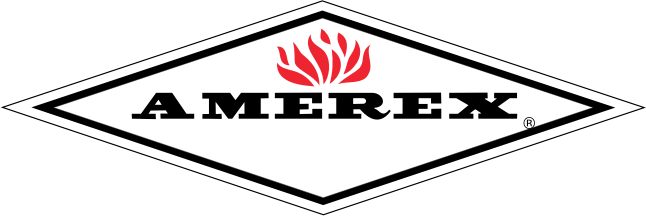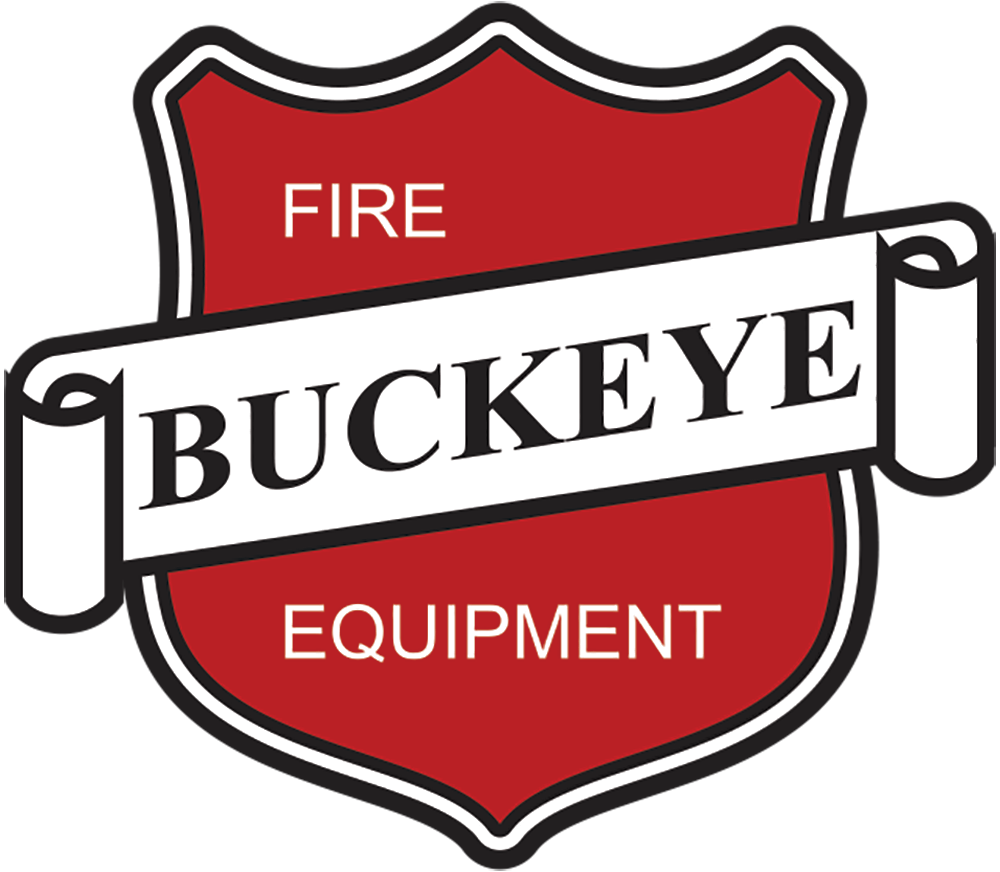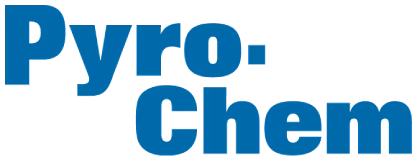One of the highest priorities for restaurant owners is providing customers with quality food, but they must also ensure they can keep guests and workers safe in the event of a fire. Being proactive and diligent about fire prevention protects your business, employees, and customers and ensures your daily operations run smoothly. Review this fire safety checklist for restaurant owners so you can take the right precautions and maintain safety and compliance.
Eliminate Clutter
One way to keep people in your restaurant safe during a fire is to eliminate any clutter throughout the building. Hallways, storage areas, and kitchen pathways must remain clear, allowing easy movement and decreasing the possibility of combustible materials catching fire.
Avoid stacking boxes, paper goods, or cleaning supplies in a way that blocks airflow or ventilation, as these conditions can create hotspots. Unused equipment or furniture should not fill walkways or block emergency exits. Additionally, you should organize designated storage areas to keep flammable materials away from heat sources.
Maintaining clear spaces reduces risks and allows people to evacuate without incident if an emergency occurs. Access to exits and escape routes must always remain unrestricted. Clients, employees, and fire inspectors all depend on safe, navigable spaces to verify that your restaurant operates responsibly.
Check Your Fire Extinguishers
Another important step in this fire safety checklist for restaurant owners is to check and maintain your fire extinguishers, which can help you avoid a potential disaster. As a restaurant owner, you must confirm that each extinguisher in your restaurant is compliant with local fire codes.
For example, the National Fire Protection Association requires type K extinguishers in restaurants. Manufacturers make these specifically for grease fires in commercial kitchens. Different extinguishers may also be necessary depending on whether electrical, liquid, or solid fuel sources contribute to your kitchen operations.
Inspect extinguishers for proper placement, visibility, and accessibility. All staff must know where the extinguishers are and how to use them correctly.
An unnoticed discharge or pressure drop will reduce an extinguisher’s effectiveness, so regular checks for appropriate pressure readings and intact tamper seals are recommended. Partnering with fire safety professionals for inspections ensures that extinguishers function properly when required.
Ensure Exit Signs Are Visible

When fires break out in restaurants, exit signs guide patrons and employees to safety. Restaurant owners should verify the visibility of each exit sign in the building by confirming it stays illuminated and unobstructed at all times.
Evaluate whether decorations, posters, shelving units, or temporary installations block the signs. Even a partial blockage can confuse or delay evacuations, especially during emergencies that involve smoke or structural damage.
Testing exit signs and lighting periodically guarantees that backup power systems operate correctly. Employees should prioritize keeping these vital systems in good working order, as their functionality during an emergency can make all the difference for each person’s safety.
Maintain Your Sprinkler System
Your restaurant’s sprinkler system can act as a first line of defense against a fire, controlling flames before they grow out of control. Restaurant owners must prioritize the care and maintenance of this critical equipment.
Have licensed fire protection professionals inspect your system so they can help identify any worn or faulty components, as well as hidden obstructions that may prevent water from dispersing effectively across a fire zone.
Water sources connected to your sprinkler system also require an assessment to confirm proper pressure levels. Regular testing ensures everything operates as designed, providing reassurance that active measures are in place to protect lives and property.
Clean Your Kitchen Hoods

Commercial kitchens generate grease, smoke, and vapors from cooking, all of which accumulate on hood and exhaust systems near stoves and ovens. Left unchecked, these deposits become flashpoints for grease fires. Regular cleaning of the hood, ducts, and filters reduces this risk significantly while also promoting better air quality and kitchen efficiency.
Consider utilizing professional hood cleaning services to access all areas within the system, ensuring deep cleaning and thorough removal of flammable buildup. You can also implement a schedule based on how frequently your kitchen operates to eliminate risks properly. Grease traps and filters should complement these cleanings, as they work to capture particles that would otherwise accumulate along ducts or fan mechanisms.
Verify Your Fire Alarm System Works
A functioning fire alarm system provides occupants with critical early warnings during a fire. Restaurant owners should inspect all components of their alarm system, including smoke detectors, heat sensors, and control panels. Keeping these items in working order ensures that workers and customers have enough time to exit safely during emergency situations.
Regularly test alarm systems according to the manufacturer’s recommendations, and confirm that each detector and sensor activates as required. Schedule routine inspections by certified technicians to bolster confidence in your fire alarm system’s dependability.
Keep Workers Up-To-Date on Training
No matter how advanced your fire protection systems may be, your restaurant’s employees still play a critical role in managing fire risks. Ongoing fire safety training empowers workers with the knowledge required for quick reaction times during emergencies. Educating employees on proper use of extinguishers, emergency communication protocols, and evacuation procedures fosters a culture of safety and preparedness.
However, make sure to update your restaurant’s training programs periodically so they reflect changes in industry standards and your facility’s layout or operations. Tabletop exercises or live evacuation drills can test employee readiness while revealing any weaknesses in current protocols. Encourage open discussion after training sessions, and empower workers to identify areas where procedures could improve based on their hands-on experience.
Regular engagement with fire safety topics builds confidence and competence across your team. Employees who understand their roles during emergencies contribute to an efficient and focused response. Their actions during those critical moments can make a profound difference in protecting lives and minimizing damage.
Following this comprehensive checklist will help you keep risks under control and foster a workplace culture that prioritizes safety at every level of operation. Hedrick Fire Protection can help you equip your business with several of these tools so you can reduce hazards and maintain compliance. Reach out to us today about using our fire systems for restaurants so everyone within your establishment stays protected.



